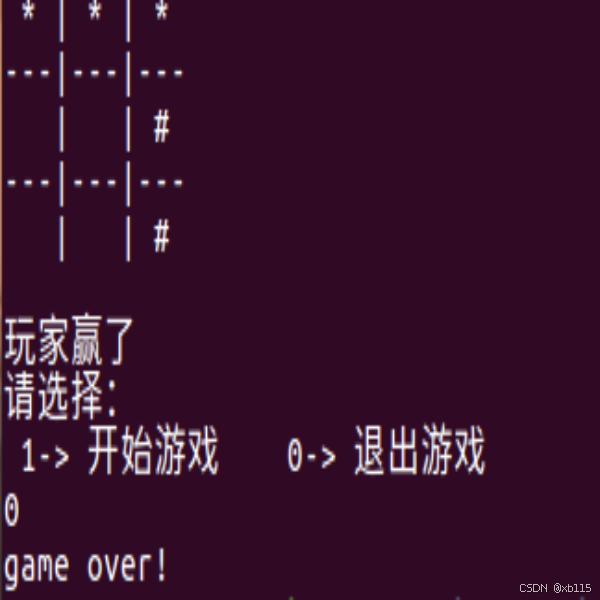WordPress 配置 AJAX 支持点击加载更多内容通常涉及到前端 JavaScript 和服务器端的配合。以下是基本步骤:
-
安装插件:你可以选择一个现成的插件如 “Advanced Custom Fields” 或者 “WP Infinite Scroll”,它们已经内置了 AJAX 功能,简化了设置过程。
function load_more_posts() {if ( ! current_user_can( 'edit_posts' ) ) {wp_die( -1 ); // 检查权限,仅允许有编辑权限的用户访问}$args = array('post_type' => 'your_post_type','posts_per_page' => 5, // 加载的数量'paged' => isset( $_POST['page_num'] ) ? absint( $_POST['page_num'] ) : 1,'offset' => ( $paged - 1 ) * $posts_per_page);$new_query = new WP_Query( $args );if ( $new_query->have_posts() ) {ob_start();while ( $new_query->have_posts() ) {$new_query->the_post();// 输出文章内容...}wp_reset_postdata();$output = ob_get_clean();} else {$output = __( 'No more posts to load.' );}die( json_encode( $output ) );
}
add_action( 'wp_ajax_load_more_posts', 'load_more_posts' );
add_action( 'wp_ajax_nopriv_load_more_posts', 'load_more_posts' );https://so.csdn.net/chat?utm_source=vip_chatgpt_common_pc_toolbar&spm=1030.2200.3001.10025



















